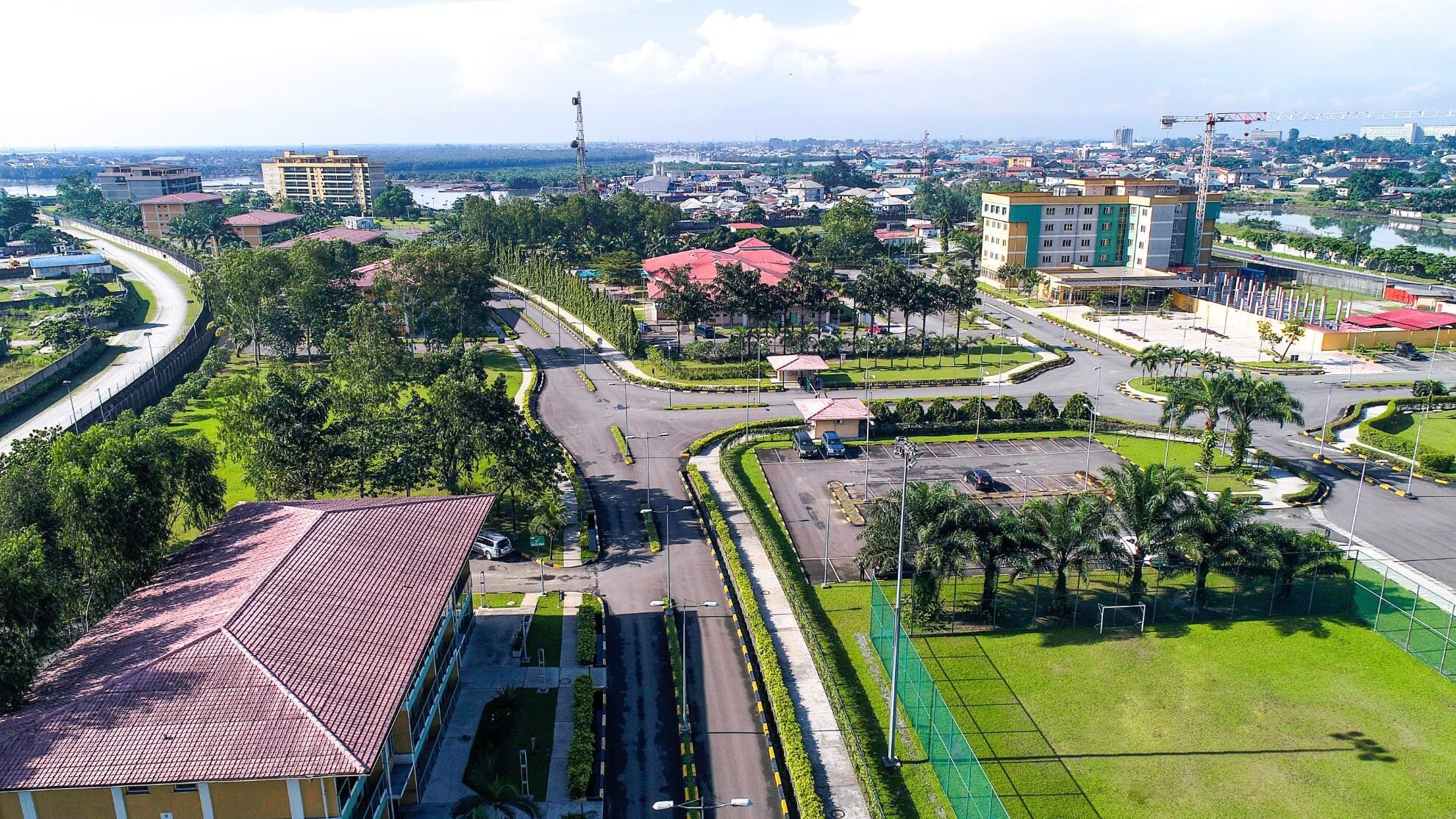Lagos residents battled a turbulent food market in April 2025, as inflationary pressures triggered sharp fluctuations across staple goods. While the cost of rice, both local and imported, offered some relief with price drops, other essential items like frozen fish, tomatoes, and pepper recorded steep hikes of over 100%, intensifying the financial burden on households.
The Food Price Survey, which tracked price movements across four major markets—Mile 12, Mushin, Daleko, and Oyingbo—revealed a food economy marked by instability. The stark contrast between price drops in some categories and skyrocketing costs in others underscored the uneven nature of the ongoing crisis.
At the core of these shifts were persistent supply chain disruptions, escalating transportation costs, adverse weather patterns affecting harvests, and growing insecurity in agricultural regions. These factors combined to create a volatile marketplace where price extremes have become a defining feature.
Though rice prices provided temporary relief, the rising cost of other core ingredients means many households continue to struggle with food affordability. Experts warn that without structural interventions to stabilize supply and ease logistics pressures, Nigeria’s food inflation will continue to place vulnerable families at risk.
As market forces push and pull prices in different directions, the April report serves as another indicator of the urgent need for policy and infrastructure reforms to secure a more stable food economy.










